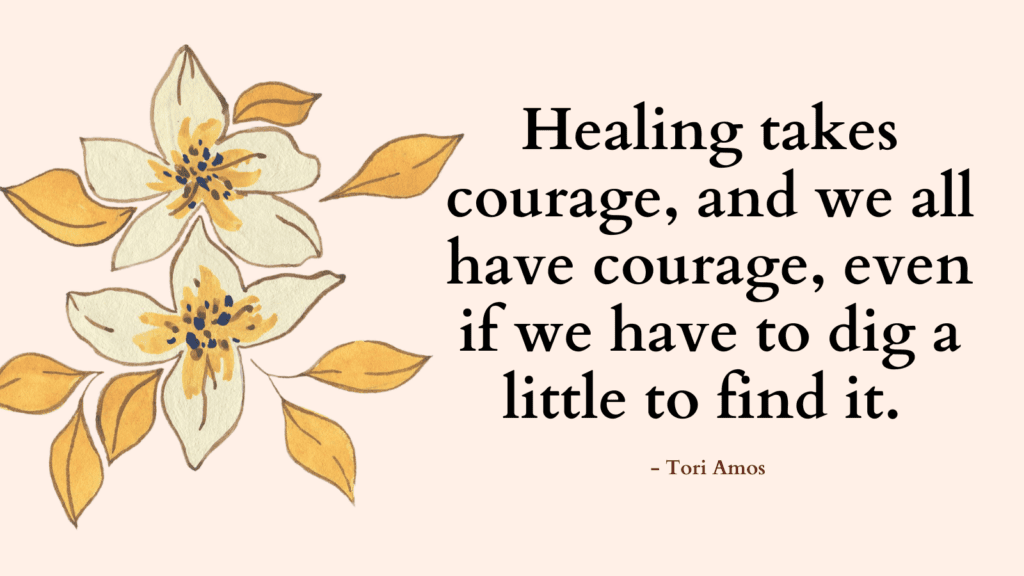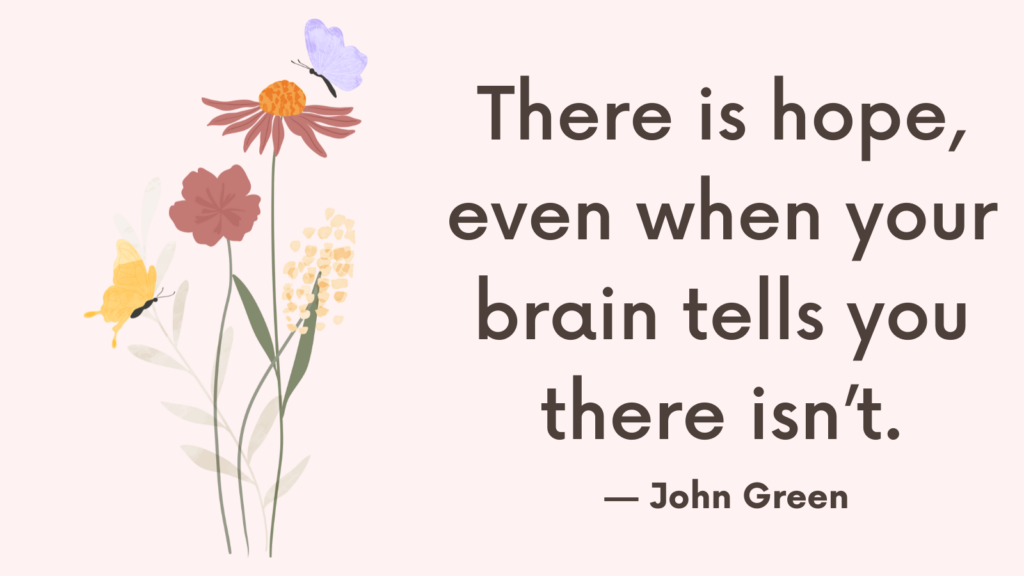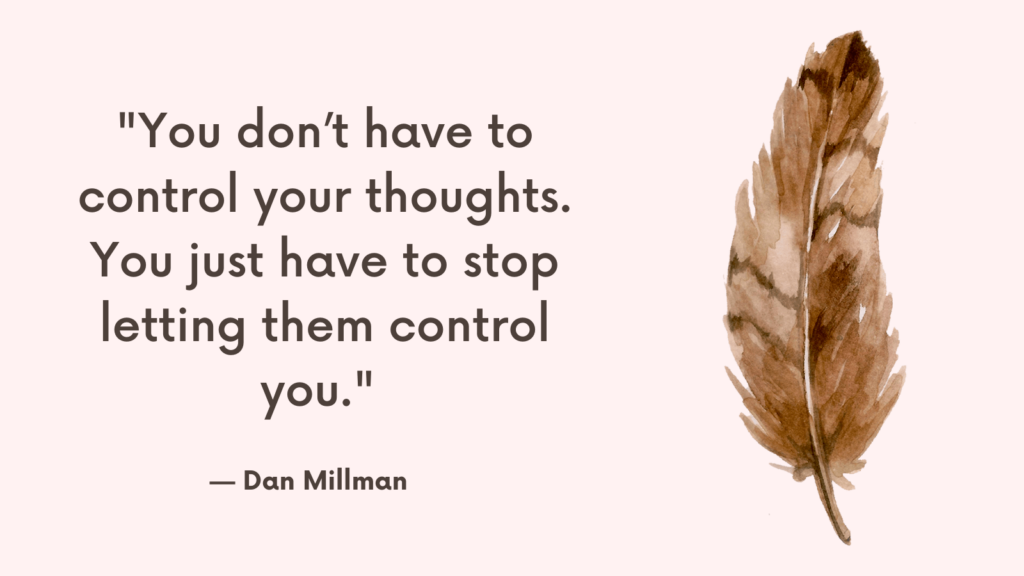This post contains some of the best shadow work exercises along with PDF download.
What Is The Human Shadow?
The Swiss psychologist Carl Jung used the term ‘shadow ’ to refer to a person ’s dark-side – the part of their psyche they are not comfortable with or are not accepting.
The ego, on the other hand, represents the part of our self-identity that we are familiar with and accept to a certain degree.
Whether you are aware of this or not, you always have two sets of characteristics and traits:
(1) ones you are happy to hold within your identity (ego), and
(2) and others you are unhappy to have in your identity (shadow)
Your self-identity or self-image (ego) is nothing more than a creation within your mind that you identify as ‘you’. It is not the whole you or the real you.
The shadow-self is whatever is left of your idea of you.
For example, you may describe yourself as “kind,” but never describe yourself as “mean.” In this example, “kind” would be your self-identity (ego), and “mean” would be part of your shadow-self.
However, it’s only when you stop rejecting your shadow-self and learn to accept it that you can enjoy higher self-esteem and feel more in tune with your whole self.
Related: 30-Day Self-Love Challenge That Will Radically Change Your Life
Why Welcome Your Shadow-Self?
Rejecting your shadow-self (the characteristics that you decide are not okay) can leave you feeling frustrated and stuck because you don’t like being you most of the time.
The reality is there is no absolute, particular way that you are.
You do not exist as a “thing.” You are transforming and evolving and you exist in relationship to others.
You are every possible experience and every potential interpretation of that experience.
Thus you can detach from how you experience yourself in each moment.
Related: How To Start A Self Love Journey? Top 10 Powerful Ways to Love Yourself More
Who Are You Really?
Even if you think that you have a set of neat sounding traits like, intelligent, funny, loving, kind you still have to potential to experience all the opposites.
If you’re to experience one of these opposite traits for a few moments, you will feel terrible when you’re attached to being the positive traits.
However, when you feel less attached to how you experience yourself, you begin to feel calmer and more self-accepting.
Related: Cognitive Behavioral Therapy For Low Self Esteem – Top 18 CBT Exercise to Build High Self-Esteem
What Is Shadow Work?
Shadow work is the process of re-owning all the previously disowned (unaccepted) parts of your self-identity.
This helps you quieten the inner critic or the judging part of the mind and feel more self-accepting, more at peace.
This also helps you feel less judgmental and irritated toward others and less wishing that they would behave differently.
Shadow Work Exercises
#1. Identify Your Own Shadow
Anything we deny as being part of us becomes unconscious. This makes your shadow-self difficult to spot.
However, you can still identify your shadow-self using “Shadow projection.”
Shadow projection is when the ego (self-image) projects rejected, unconscious traits onto the world including people you come across.
‘Everything that irritates us about others can lead us to an understanding of ourselves.’ Carl Jung
This means that if you don’t accept that part of your potential is being mean, then you will project that trait onto someone or a group of people.
It’s the ego’s way to maintain the illusion of being a certain way.
This can be tricky to see and become aware of when we are faced with another individual who acts in mean ways toward us.
In a perfect world, you would accept everyone as they are and experience peace in their presence. If you are not there, then there is something about yourself you’re not accepting and are projecting it onto the other person.
How to identify the shadow-self?
A simple way to become conscious of what you’re rejecting and projecting onto others is to pay attention to words you use to describe what you dislike, then you go within and reflect on instances where you have been that trait.
This takes a level of honesty and self-compassion that will allow you to self-observe without judgment.
Pro Tip: use the “List Of Traits Handout” for reference.
#2. Discover Gold In The Shadow
Just as we protect our sense of self by rejecting and denying that we have “bad” traits, we often do not fully acknowledge that we have “good” traits.
Those positive traits that we do not acknowledge constitute the gold in the shadow.
Those traits are usually ones that you minimized in your mind and considered as insignificant.
For example, you may project amazing traits onto a talented musician but deny the same level of talent in your dancing skills.
How to identify the gold in the shadow?
In the same way that we project negative traits onto others, we also project positive ones onto them.
When you find yourself thinking of someone positively and feeling infatuated by them or when you put them on a pedestal in your mind, then you are projecting positive qualities onto them.
Just as you did with shadow projection, notice the words you use to describe someone positively and think back to instances where you have been that trait.
Pro Tip: use the “List Of Traits Handout” for reference.
#3. Welcome Back Denied Traits
To heal the shadow means to welcome back traits you previously rejected and excluded from your self-image.
Whether you’re aware or not your shadow-self traits are running your life in self-sabotaging ways. The goal from healing the shadow is to make the unconscious, conscious and take control of your own life.
Instructions
1. Choose one of the shadow-self traits you identified above (positive or negative).
For example, suppose that the trait you want to accept was “selfish.”
2. Consider a situation where you either save someone from drowning and drown yourself, or be selfish and save yourself, letting the other person drown.
Can you accept that you are selfish now after considering that?
While the incident didn’t happen and may never happen, you still have to accept that you have that potential trait within your experience.
Shadow Work Worksheets PDF
Conclusion
With each acceptance of a shadow-self trait, you quieten your old nagging worries and let go of suffering caused by the denying and rejection of that trait.
You also become more self-accepting and tolerant towards others, thus boosting your self-esteem and increasing your sense of peacefulness.
FAQ
Why is shadow work important?
Shadow work is important because it allows us to gain self-awareness and develop a deeper understanding of ourselves.
By acknowledging and integrating our shadow aspects, we can reduce negative patterns, improve relationships, and foster personal growth.
Is shadow work painful?
Shadow work can be challenging and uncomfortable as it requires facing aspects of ourselves that we may have ignored or deemed unacceptable.
However, it’s important to approach it with self-compassion and support. Gradually exploring your shadow can lead to healing and personal transformation.
Can shadow work be done alone, or do I need professional help?
Shadow work can be done individually, but it may benefit from professional guidance, especially if you encounter deep emotional wounds or trauma.
How long does shadow work take?
The length of shadow work varies for each person.
It can be an ongoing process throughout your life as different layers of the unconscious are uncovered and integrated.
Progress is unique to each individual, depending on their commitment and willingness to engage in the process.
References
- Shadow (psychology) – Wikipedia
- (PDF) Shadow Work In Support of the Adult Developmental Journey (researchgate.net)
- 8 Benefits of Shadow Work and How to Start Practicing It (betterup.com)
- Shadow Work: Benefits, How To, Practices, & Dangers (healthline.com)



